MARKET OVERVIEW
The global ductile iron pipes & fittings market will keep determining the backbone of water distribution and infrastructure development as cities grow and demands are heightened. Distinguished by its durability and strength, the industry has long been behind the backbone of municipal and industrial fluid transport. In the future, it will contribute importantly to infrastructure modernization initiatives, particularly in areas with growing urbanization and strain on utility systems.
Although modern applications primarily focus on water and sewage transport, the future of this sector will involve greater integration into more sophisticated urban planning systems. Smart cities, for instance, will demand more than technological integration they will demand robust underground infrastructure that can stand the test of time and pressure. The global ductile iron pipes & fittings market will respond to this demand by providing materials that not only withstand extreme physical conditions but also conform with the long-term sustainability targets being implemented by future infrastructure policy.
Another change that will come to characterize the way that this industry will go is in production and lifespan of ductile iron itself. As scrutiny over environmental standards and the carbon footprint of production increases, the global ductile iron pipes & fittings market will start to shift towards practices that prioritize recyclability and energy efficiency. Plants will switch to cleaner technologies, and product developments will focus on maximizing performance while minimizing environmental expense. The trend towards sustainable methods won't be a fad it will be a competitive imperative.
In seismically vulnerable and environmentally stressed regions, ductile iron pipes are expected to find greater popularity as a reliable option in their capacity to bend without compromise of structure. Such reliability will create opportunities for the global ductile iron pipes & fittings market in areas otherwise considered unstable for underground systems. Governments and private developers looking to the future of infrastructure will opt for materials that provide immediate strength and long-term worth, seconding ductile iron above alternatives in reliability of performance.
With the increasingly unpredictable climate patterns and increasingly complex distribution of resources, demand for products that can absorb sudden changes in supply during emergencies or absorb pressure extremes will rise. The global ductile iron pipes & fittings market will counter with products engineered for durability, flexibility, and longevity. Fittings manufacturers will invest in engineering and technology to ensure fittings are easy to install without compromising on structure, thus reducing total operation downtime.
In the broader context of urban and rural development planning, this industry will become a quiet yet essential contributor to progress. Its materials will continue to be buried beneath modern streets and industrial zones, unseen but undeniably critical. It will not only support physical infrastructure but also become part of a larger narrative one where reliability and forward-thinking design go hand in hand. Therefore, the global ductile iron pipes & fittings market is more than about meeting today's needs for utilities; it is about preparing for tomorrow's unexpected demands in an interconnected world.
Global ductile iron pipes & fittings market is estimated to reach $17,957.6 Million by 2032; growing at a CAGR of 5.3% from 2025 to 2032.
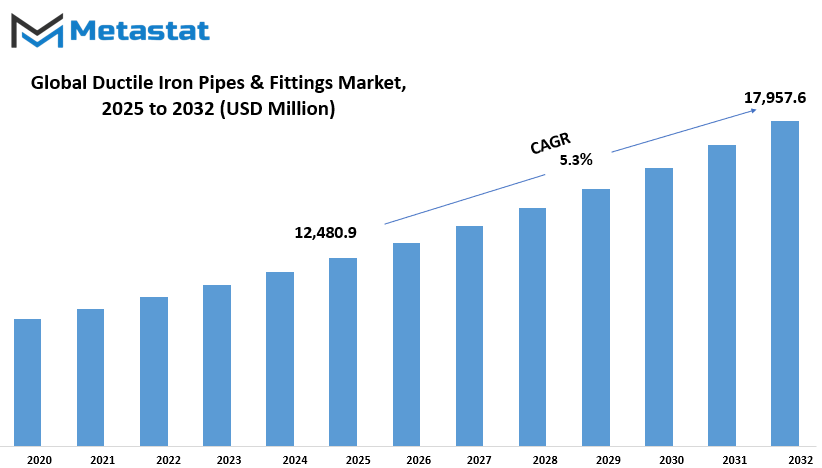
GROWTH FACTORS
The global ductile iron pipes & fittings market will retain to look meaningful growth as nations prioritize city improvement and water infrastructure. One of the main drivers for this trend is the upward thrust in urbanization, which brings with it a pressing want for dependable water distribution structures. These pipes are recognized for their energy and resistance to harm, making them ideal for helping the demands of modern-day cities. As governments invest in expanding their water supply networks and enhancing get entry to to smooth water, the usage of long lasting and corrosion-resistant piping systems like ductile iron will gain traction.
However, not all factors of this marketplace aid easy adoption. The upfront price of installing ductile iron pipes can be high, especially when as compared to inexpensive alternatives. Maintenance over time also provides to the general expenses, that could discourage a few customers from choosing them. Additionally, competition from materials including PVC and HDPE provides any other task. These options aren't only lighter and less difficult to install however additionally frequently come with lower expenses, making them appealing options for certain projects.
Despite these challenges, the market has promising opportunities. Investment in smart water management systems is increasing as city seek more efficient methods to monitor and control water use. These systems often require strong and long -lasting piping infrastructure, leading to high demand for domaining iron products. In addition, many developing countries are focusing on the manufacture or upgradation of their sewage and waste water treatment facilities. This expansion opens the significant capacity for domineering iron pipe manufacturers to support the growth of long -term infrastructure in areas with growing population and industrial activity.
MARKET SEGMENTATION
By Product Type
The global ductile iron pipes & fittings market is gradually picking up as industries and municipalities seek reliable and long-term solutions for their infrastructure requirements. Ductile iron, keeping in mind strength and resilience, has gained the status of a choice material for water and wastewater systems and is now a key component of projects that require both performance and durability. As urbanization goes on in numerous places, particularly in emerging economies, demand for dependable piping systems is likely to increase. Such an increase in demand, as expected, triggers a greater interest in those products able to handle big-scale applications without constant replacement or maintenance.
Product types are further divided within this market into two broad categories: Ductile Iron Pipes, which are worth $8,859.1 million, and Ductile Iron Fittings. This notable figure shows how much industries depend on ductile iron pipes to transport water and other liquids over very long distances. Such pipes are not only renowned for their resistance but also for their capacity to withstand pressure and corrosive environments. The fittings, although fewer in total value, are no less significant. They link the systems, facilitate turns and branches, and assist in designing networks that are both functional and flexible.
With governments stepping up investment in public infrastructure, the application of ductile iron products will grow in sectors including agriculture, utilities, and construction. Moreover, the capacity of the products to enable sustainable development objectives, through recyclability and longer life, will also contribute to market growth. Cast iron systems minimize the risk of leakage, which not only conserves water but also lowers the maintenance costs. This economic and ecological effectiveness makes them a wise investment for cities as well as industries.
In the coming years, the market will witness new innovations, both product-related as well as strategic alliances. Firms will strive to advance coating technologies, thus enhancing the resistance of pipes and fittings against wear and corrosion. Concurrently, advances in installation procedures will get projects completed sooner and at lower costs. The global ductile iron pipes & fittings market is set to play a critical part in defining infrastructure throughout the world, particularly where expansion and modernization are top priorities. With long-term cost savings, dependable performance, and versatility to large-scale applications, ductile iron products will continue to be worth their weight in the era of global engineering and construction.
By Diameter
The global ductile iron pipes & fittings market segmented by diameter is categorised as DN up to 300mm, DN 300mm to 700mm, DN 700mm to 1000mm, DN 1000mm to 1200mm, and DN more than 1200mm. All of these categories serve a one-of-a-kind cause in fulfilling the requirements of various infrastructure tasks, each in city planning and industrial packages. Smaller sizes, DN as much as 300mm, are relatively found in neighborhood water deliver networks and municipal structures where moderate flow and strain needs are required. With the growth in diameter, the utilization is turned towards essential initiatives. DN 300mm to 700mm and DN 700mm to 1000mm pipes, as an instance, are widely utilized in city-wide water deliver or for business institutions demanding excessive ability. These medium-sized diameters provide a compromise between fabric energy and flow efficiency and are fine appropriate for long-distance transportation or wastewater systems.
At the better end of the variety, DN 1000mm to 1200mm and DN over 1200mm locate their application in very disturbing infrastructure. These massive pipes are commonly laid for bulk transportation of water, regional water grids, or huge-scale sewage networks. They are designed to transport extensive quantities of fluid under changing environmental and pressure conditions, on occasion working underneath metropolis streets, highways, or even throughout territories. The need for larger diameters will perhaps increase as cities expand and governments seek to replace aging infrastructure with materials that provide both durability and minimal maintenance.
Market trends in every diameter segment are influenced not just by the kind of projects but also by local policies, construction patterns, and resource availability. Countries spending on long-term and sustainable water infrastructure are more apt to use larger diameters, whereas regions concentrating on rural and community-based development might prefer smaller ones. With increasing necessity for effective and durable water and wastewater systems, each segment of diameter will still have its space in the pipeline of development plans globally.
By Application
The global ductile iron pipes & fittings market will go on to guide the infrastructural backbone of water distribution and infrastructure development as cities spread and demands mount. Respected for its strength and longevity, this market has long been backing up the infrastructural backbone of municipal and industrial fluid transfer. In the future, it will be an important player in infrastructure modernization initiatives, particularly in cities that are subject to fast urbanization and stress on utility infrastructure.
Though existing applications mostly cover water and sewage transport, the future of the industry will involve greater incorporation into more sophisticated urban planning strategies. Smart cities, for instance, will not just need technological integration they will demand robust underground networks that can survive time and pressure. The global ductile iron pipes & fittings market will meet this demand by providing materials that not only withstand tough physical conditions but also support the long-term sustainability targets being established by future infrastructure policies.
A second change that will presumably characterize the path of this sector is in the production and lifecycle of ductile iron itself. With growing pressure on environmental norms and the carbon impact of manufacturing operations, the global ductile iron pipes & fittings market will start shifting towards approaches that focus on recyclability and energy efficiency. Plants will embrace cleaner technologies, and innovation in products will be geared towards maximizing performance while minimizing environmental expense. The move towards sustainable practices will not be a trend it will become a competitive imperative.
In areas prone to seismic activity and environmental stress, ductile iron pipes are expected to become more popular as a reliable option for their capacity to bend without compromising on structural stability. Such reliance will provide avenues for the global ductile iron pipes & fittings market in areas previously regarded as unstable for underground networks. Governments and private entities planning future infrastructure will prioritize materials that offer both immediate strength and long-term value, putting ductile iron ahead of alternatives in terms of performance reliability.
As global climate trends decrease in reliability and resource distribution becomes more intricate, demand for equipment capable of coping with emergency supply shifts or extremes in pressure variation will rise. The global ductile iron pipes & fittings market will react with equipment made for resilience, flexibility, and longevity. Suppliers will invest in engineering and development to provide fittings that are easy to install without sacrificing structural strength, thus decreasing total operational downtime.
In the larger picture of urban and rural planning development, this industry will be a behind-the-scenes but integral agent of advancement. Its products will remain hidden under contemporary streets and industrial areas, unseen but incomparable in importance. It will not only sustain physical infrastructure, but it will become part of an even bigger story one where dependability and visionary design walk in concert. Therefore, the global ductile iron pipes & fittings market is not only about meeting the current needs of utilities but also about laying the foundation for the unforeseen demands of tomorrow's globalized world.
By End-User
The global ductile iron pipes & fittings market will keep growing and expanding as needs from various end-users define its evolution. This market is organized around the main requirements of Municipal, Industrial, Agricultural, and Residential markets. These segments have a particular role in driving the demand and also the usage of ductile iron pipes and fittings.
Within the municipal segment, towns and cities depend on long-lasting piping networks to manage sewerage and water supply. These pipes are preferred due to their durability and longevity, particularly when they are buried underground in extensive networks. As the urban population increases and infrastructure is modernized, municipal projects will continue to be a consistent contributor in the future of the market. Government -sponsored efforts to upgrade the infrastructure of water and reduce leakage will also support this segment.
The industrial sector depends on these pipes to express water, chemicals and other fluids between construction facilities and power plants. Due to their pressure and corrosion-resistant properties, they are ideal for dealing with harsh conditions in the industry. While industrialization increases in the emerging nations and dilapidated infrastructure in mature regions is replaced, demand from this sector will be strong.
Agricultural application, although less severe than industrial or municipal, will remain significant. Irrigation systems, particularly in water-scarce or seasonal farming nations, need solid and dependable materials that can withstand fluctuating weather and pressure. The application of ductile iron in agriculture will persist, especially where long-term investment in effective water use is being made.
On the residential front, ductile iron pipes find application in major housing schemes and multi-story buildings. Although the plastic form has preponderance in small-scale plumbing work, residential sectors with larger water supply systems can continue to rely on ductile iron for the latter's efficiency in water transportation safely and effectively. With increasing residential construction, particularly in urban and semi-urban areas, this segment will continue to be a supporting factor in the growth of the market.
Together, the global ductile iron pipes & fittings market is not driven by one demand stream alone. Rather, it is influenced by a series of end-user needs, each connects its rate and intentions. Through the ongoing population growth, industrialization and urbanization, these industries will continue to shape the market direction in important ways.
|
Forecast Period |
2025-2032 |
|
Market Size in 2025 |
$12,480.9 million |
|
Market Size by 2032 |
$17,957.6 Million |
|
Growth Rate from 2025 to 2032 |
5.3% |
|
Base Year |
2024 |
|
Regions Covered |
North America, Europe, Asia-Pacific, South America, Middle East & Africa |
REGIONAL ANALYSIS
The global ductile iron pipes & fittings market is broadly segmented by way of geography, taking into account a better knowledge of its local distribution and have an effect on. North America performs a key role and is specifically divided into the USA, Canada, and Mexico. Each of these nations provides precise value to the market, fashioned by using their infrastructure needs and authorities-led projects. In Europe, the market is cut up throughout the UK, Germany, France, Italy, and the last countries in the area. These areas bring in strong contributions, prompted by means of cutting-edge construction procedures and urban renewal plans that require long lasting piping solutions.
Asia-Pacific is any other good sized area and includes India, China, Japan, South Korea, at the side of different international locations grouped below the Rest of Asia-Pacific. This a part of the arena will stay one of the most lively segments due to speedy city increase, growing populace, and increasing investments in public utility enhancements. China and India especially will see regular demand for water control and distribution structures, using the need for ductile iron pipes and fittings.
In South America, Brazil and Argentina stand out as foremost members, while the Rest of South America also plays a element in local improvement. This area shows gradual but steady hobby in infrastructure upgrades and water supply systems. Meanwhile, the Middle East & Africa consists of GCC Countries, Egypt, South Africa, and the Rest of the vicinity. These countries are focusing on expanding urban networks, business facilities, and water transportation systems, leading to an expected upward thrust within the use of sturdy and lengthy-lasting piping substances.
Each region will carry forward its own growth speed based on local construction trends, water infrastructure goals and public sector investments. Seeing how each geographical area contributes to a large picture, one can see the path connected yet that will follow this market over time.
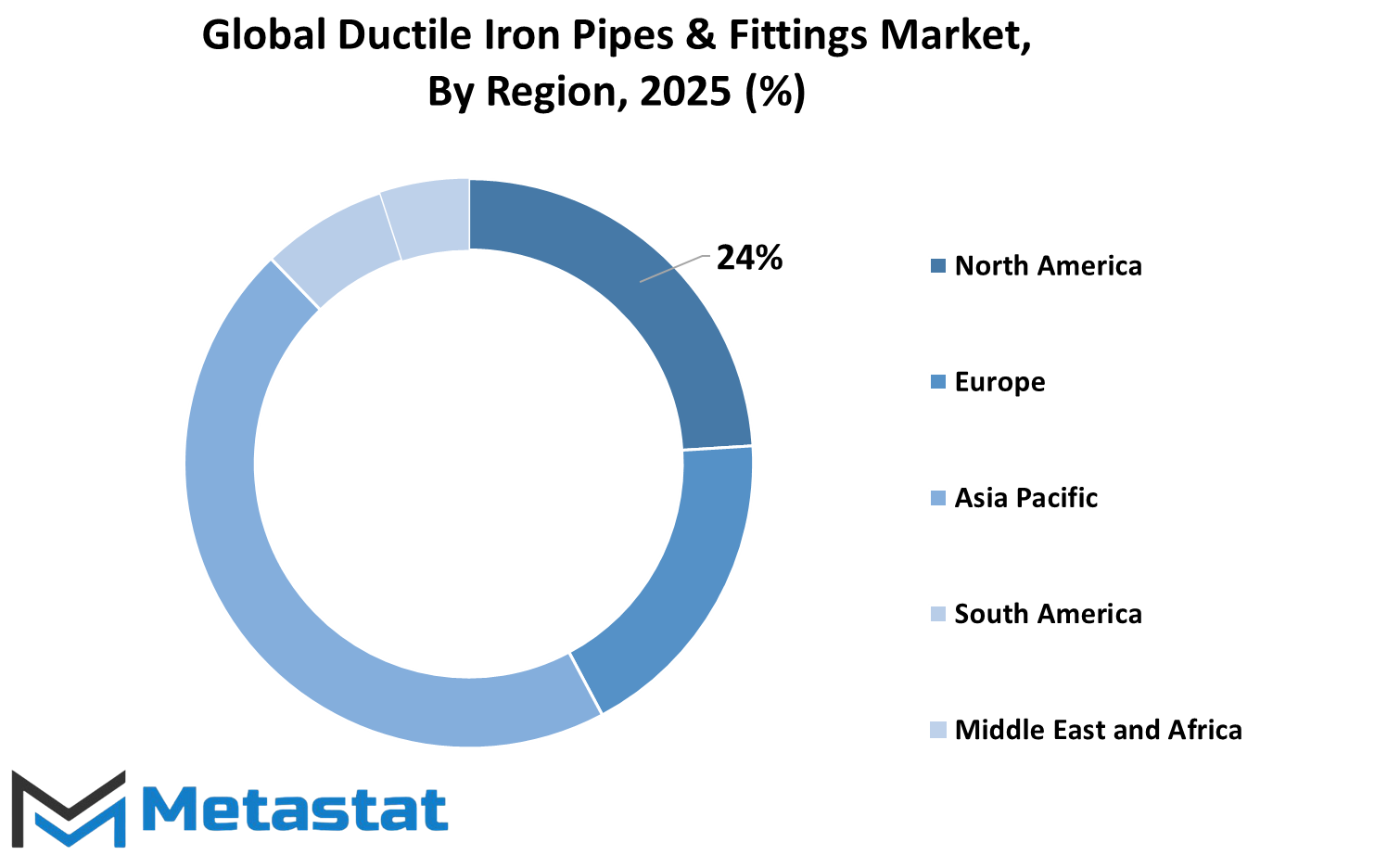
COMPETITIVE PLAYERS
The global ductile iron pipes & fittings market is designed to experience a strong shift as the urban infrastructure and water management systems become even the top priority for developed and developed areas. As cities expand and increase population, the pressure on municipal and industrial water systems is determined to increase. This change will motivate governments and private sector players to invest more in sustainable and reliable piping solutions. Ductile iron pipes, known for their strength and resistance to corrosion, are expected that they are preferred options for long -term infrastructure needs. Their ability to handle high water pressure, with relatively low maintenance requirements, gives them an edge over many alternative materials.
The global ductile iron pipes & fittings market will possibly reflect a stable movement towards modernization, where aging pipelines are replaced with updated systems to reduce water loss and increase operating efficiency. Many areas are still working with the old infrastructure that cannot meet the current demand or environmental standards. This is the place where iron pipes and fitting steps are taken as a reliable option to upgrade public utilities. Urban planners and project managers are projected to select these materials for water distribution, sewage, irrigation, and even harsh soil conditions and projects related to industrial use due to their proven performance in various climate.
A noticeable factor that runs the future of this market is to push for increasing awareness and permanent construction practices about environmental responsibility. The manufacturers will be under increasing pressure to offer products that meet both the performance standards and stability benchmarks. This will affect production methods, options for energy-efficient processes and recycled materials with more companies. Being a ductal iron, a recycling and a long service life, align well with these future expectations.
The global ductile iron pipes & fittings market will be shaped by major players who are constantly improving their product lines and expanding their footprints. Companies such as St.-Goban Palm Canalization, Kubota Corporation, Zinxing Dacterial Iron Pipes Company, Ltd., Jindal Sau Ltd, McWen Dactyl and American (American Raw Iron Pipe Company) are expected to play a significant role in affecting trends and affecting quality standards. His experience in handling large -scale infrastructure projects and his investment in R&D will be put to the forefront of market development. Meanwhile, Electrosteel Casting Limited, U.S. Companies like Pipe, Ziamen Londi Industries Company, Limited, Rashmi Group and Tata Steel are also expected to contribute to technological innovation and regional market development.
Other active contributors such as Kurimoto, Limited., Supra Group, Sun Pipeline System Company, Ltd., and Guoming Dactyl Iron Pipes Company, Limited will probably continue to focus on customer-focused approaches and competitive pricing strategies to maintain relevance and safe project contracts in both domestic and international markets. Their adaptability and ability to meet custom requirements will help them remain competitive in an industry where customer requirements may vary widely depending on geography and project type.
Ductile Iron Pipes & Fittings Market Key Segments:
By Product Type
- Ductile Iron Pipes
- Ductile Iron Fittings
By Diameter
- DN upto 300mm
- DN 300mm to 700mm
- DN 700mm to 1000mm
- DN 1000mm to 1200mm
- DN Above 1200mm
By Application
- Water Supply & Distribution
- Wastewater Treatment
- Irrigation
- Gas & Oil Transportation
- Mining
- Others
By End-User
- Municipal
- Industrial
- Agricultural
- Residential
Key Global Ductile Iron Pipes & Fittings Industry Players
- Saint-Gobain Pam Canalisation
- Kubota Corporation
- Xinxing Ductile Iron Pipes Co., Ltd.
- Jindal SAW Ltd.
- McWane Ductile
- AMERICAN (American Cast Iron Pipe Company)
- Electrosteel Castings Limited
- U.S. Pipe
- Xiamen Landee Industries Co., Ltd.
- Rashmi Group
- Kurimoto, LTD.
- Supra Group
- Tata Steel
- Suns Pipelines System Co.,Ltd
- Guoming Ductile Iron Pipes Co.,Ltd.
WHAT REPORT PROVIDES
- Full in-depth analysis of the parent Industry
- Important changes in market and its dynamics
- Segmentation details of the market
- Former, on-going, and projected market analysis in terms of volume and value
- Assessment of niche industry developments
- Market share analysis
- Key strategies of major players
- Emerging segments and regional growth potential



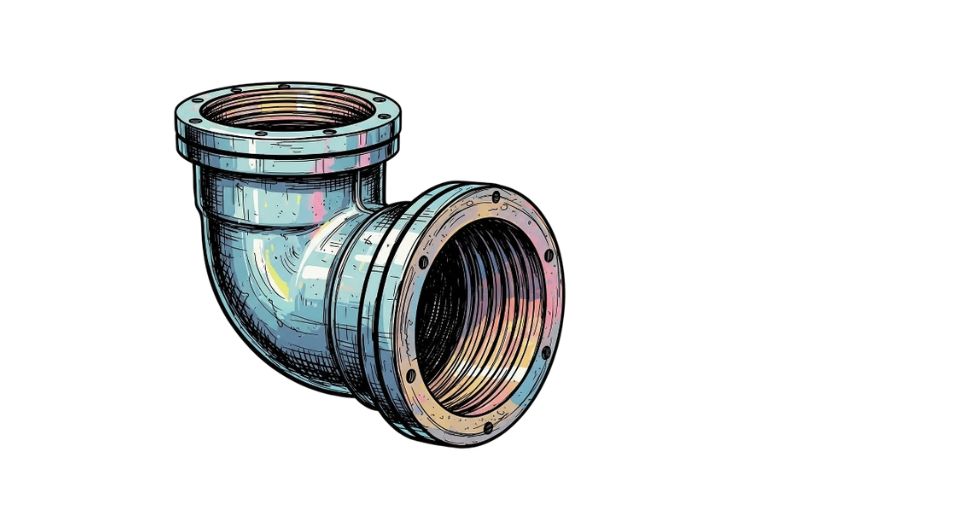
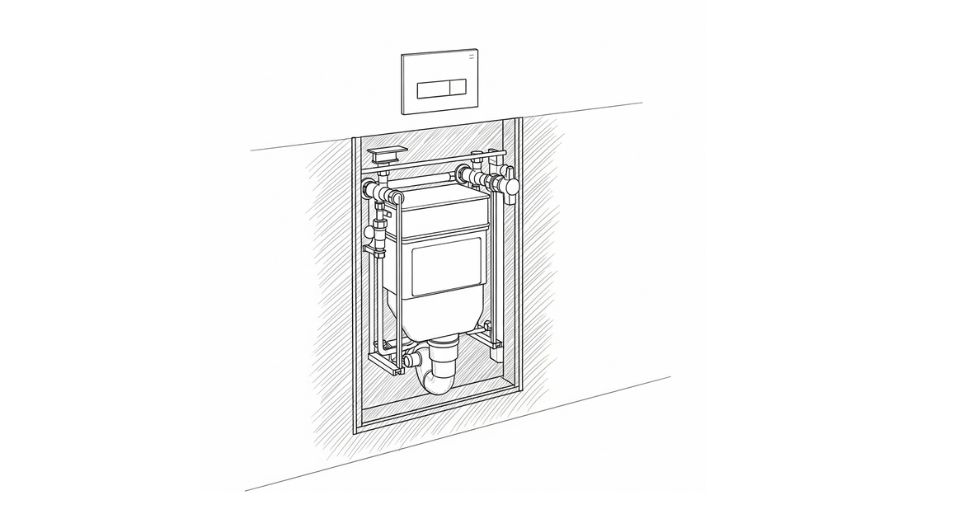
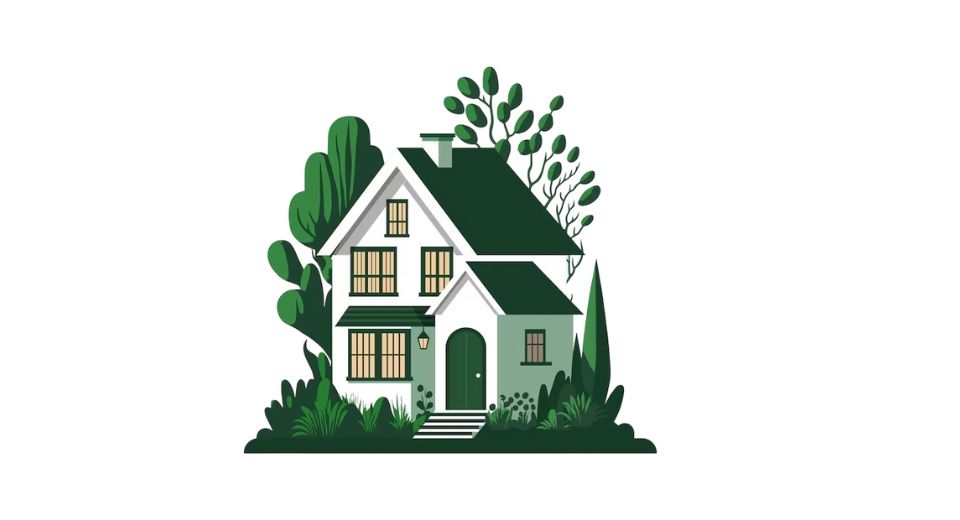
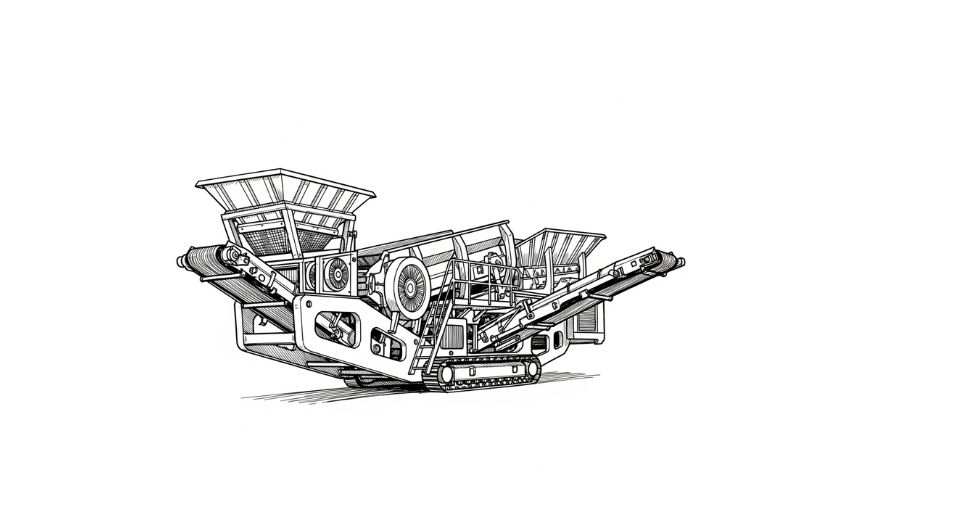

 US: +1 3023308252
US: +1 3023308252






